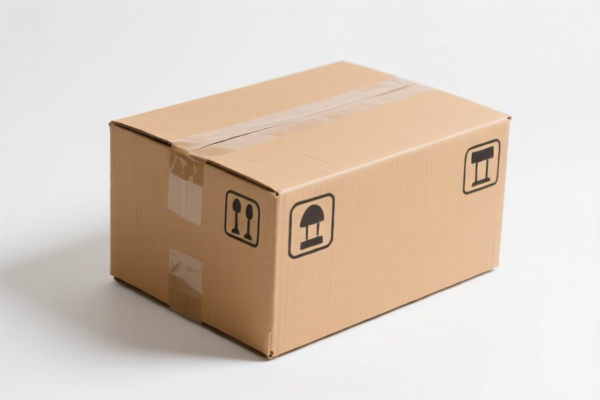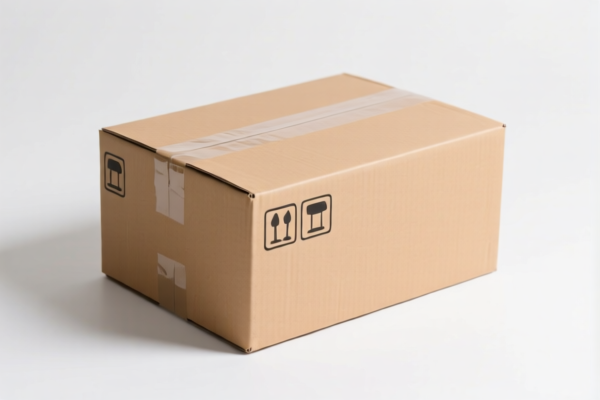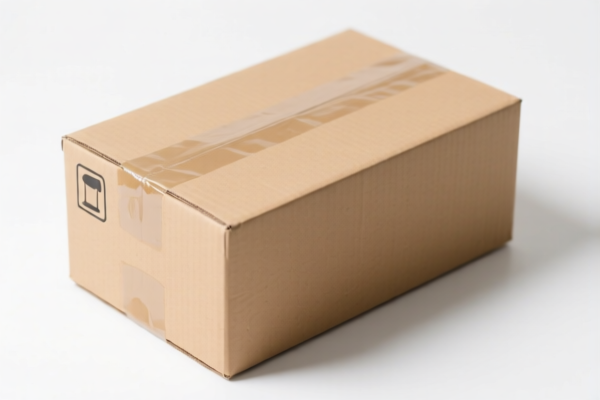| HS Code | Official Doc | Tariff Rate | Origin | Destination | Effective Date |
|---|---|---|---|---|---|
| 3923102000 | Doc | 55.0% | CN | US | 2025-05-12 |
| 6305390000 | Doc | 45.9% | CN | US | 2025-05-12 |




Declaration Item Analysis: SPACE PACK
This document provides a detailed analysis of the declared items under the name "SPACE PACK", focusing on HS codes, tariff details, and important considerations for customs clearance.
Understanding HS Codes:
The Harmonized System (HS) code is a globally standardized system of names and numbers used to classify traded products. It's crucial for determining tariffs, trade regulations, and statistical reporting. Let's break down the HS codes provided:
1. HS Code: 3923.10.20.00 – Articles for the conveyance or packing of goods, of plastics; stoppers, lids, caps and other closures, of plastics: Boxes, cases, crates and similar articles: Specially shaped or fitted for the conveyance or packing of semiconductor wafers, masks or reticles of subheadings 3923.10 or 8486.90
- 39: Plastics and articles thereof. This indicates the primary material of the goods is plastic.
- 23: Packing articles, including of plastics. This narrows down the category to items used for packaging.
- 10: Articles for the conveyance or packing of goods, of plastics; stoppers, lids, caps and other closures, of plastics. Further specifies the items are plastic packaging articles.
- 20.00: Boxes, cases, crates and similar articles: Specially shaped or fitted for the conveyance or packing of semiconductor wafers, masks or reticles of subheadings 3923.10 or 8486.90. This very specific subheading indicates these are specially designed packaging for sensitive semiconductor components.
Tariff Details:
- Basic Tariff: 0.0%
- Additional Tariff: 25.0%
- Additional Tariff (Post April 2, 2025): 30.0%
- Total Tariff: 55.0%
Important Considerations:
- Specificity is Key: This HS code is highly specific. Ensure the packaging is genuinely designed for semiconductor wafers, masks, or reticles. General plastic boxes would fall under a different, likely higher-tariff, HS code.
- Material Verification: Confirm the plastic composition. Any additives or coatings could affect the classification.
- Valuation: The declared value will be scrutinized. Ensure it accurately reflects the transaction value.
2. HS Code: 6305.39.00.00 – Sacks and bags, of a kind used for the packing of goods: Of man-made textile materials: Other (669)
- 63: Other made up textile articles; sets of textile articles. This indicates the goods are made from textile materials.
- 05: Sacks and bags, of a kind used for the packing of goods. This narrows the category to textile sacks and bags used for packaging.
- 39: Of man-made textile materials. Specifies the bags are made from synthetic fibers (e.g., polypropylene, polyester).
- 00.00: Other. This indicates the bags don't fall into more specific categories within 6305.39.
Tariff Details:
- Basic Tariff: 8.4%
- Additional Tariff: 7.5%
- Additional Tariff (Post April 2, 2025): 30.0%
- Total Tariff: 45.9%
Important Considerations:
- Material Composition: Verify the exact textile composition. The presence of natural fibers could change the HS code.
- Intended Use: Confirm the bags are genuinely used for packing goods.
- Bag Construction: The construction method (woven, non-woven, etc.) can be relevant.
General Recommendations:
- Detailed Invoice: Ensure your invoice provides a comprehensive description of each item, including material composition, dimensions, and intended use.
- Supporting Documentation: Be prepared to provide documentation supporting your HS code classification, such as material test reports or technical specifications.
- Post-April 2, 2025 Tariffs: Factor in the potential tariff increases effective April 2, 2025, for accurate cost calculations.
- Consultation: If you are unsure about the correct HS code, it is always best to consult with a customs broker or specialist.
Disclaimer: This analysis is based on the information provided and is for general guidance only. Customs regulations are subject to change, and the final classification is determined by customs authorities.
Customer Reviews
No reviews yet.